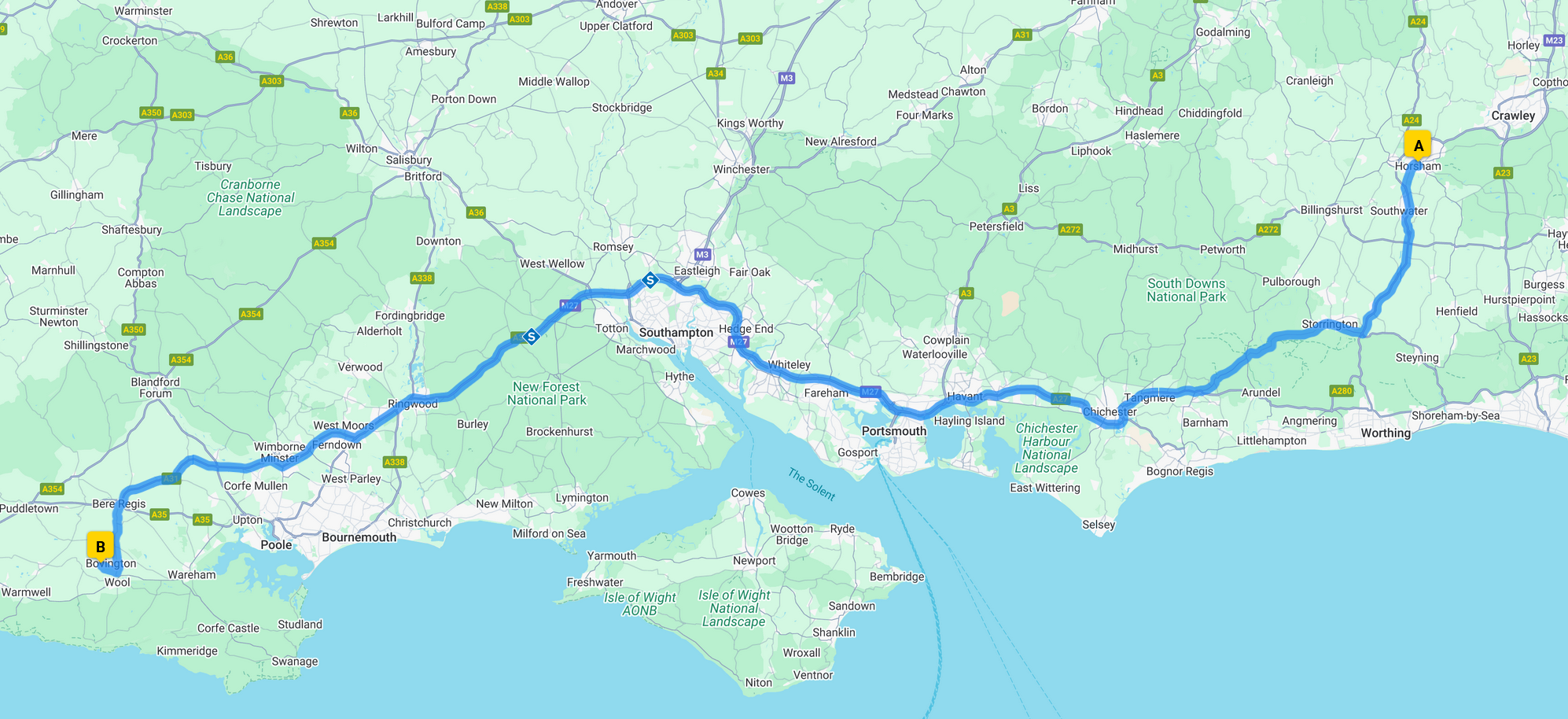Little Willie
Little Willie is renowned as the world’s first tank prototype and represents a pivotal moment in modern military technology. Born out of the urgent need to overcome the challenges of trench warfare during World War I, this prototype was developed in 1915 by the British Landship Committee. Originally known as the “Number One Lincoln Machine,” it was constructed by William Foster & Company in Lincoln, England. Though it never saw combat, Little Willie's design laid the essential groundwork for future British tanks, influencing the development of the fully armored and operational “Mother” design that ultimately evolved into the Mark I tank.
Little Willie's design was a bold experiment to solve the problem of crossing wide, deep trenches that had come to define the brutal stalemates on the Western Front. Its construction featured pioneering elements such as the use of continuous tracks—a concept adapted from agricultural machinery (specifically, components sourced from the Bullock Creeping Grip Tractor)—and a structure aimed at combining armored protection with mobility. While the vehicle itself was somewhat crude, sporting a dummy turret and early track assemblies that required significant engineering tweaks, it demonstrated that a self-propelled, armored fighting vehicle was within the realm of possibility. The lessons learned from Little Willie, including the challenges of track design and weight distribution, informed the rapid evolution of tank engineering during the war.
Today, Little Willie stands preserved at The Tank Museum in Bovington, England, as a tangible link to the nascent days of armored warfare. Although it was a singular prototype and soon rendered obsolete by more refined designs, its existence was crucial. Little Willie's breakthrough in combining engine power, continuous tracks, and armored protection set a template that would inspire and guide tank development for decades. Its historical significance lies not just in its innovative design but also in its role as the spark that ignited a revolution in military tactics and technology.
References
Text generated by Microsoft CoPilot











































































